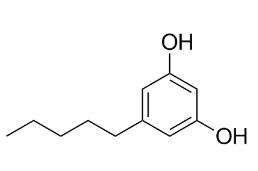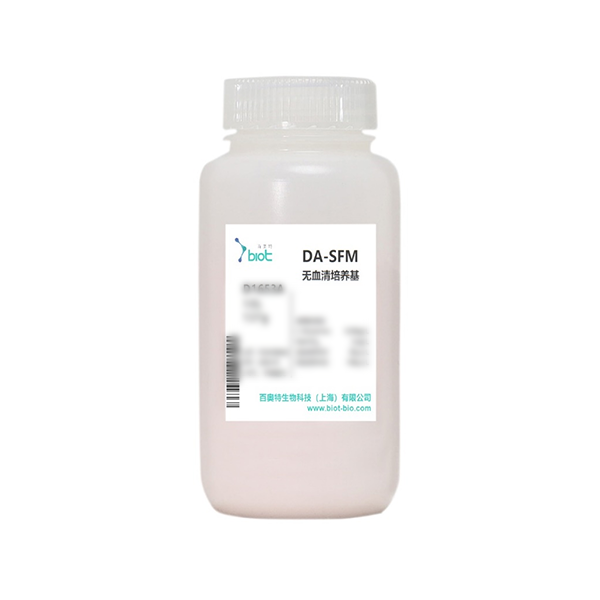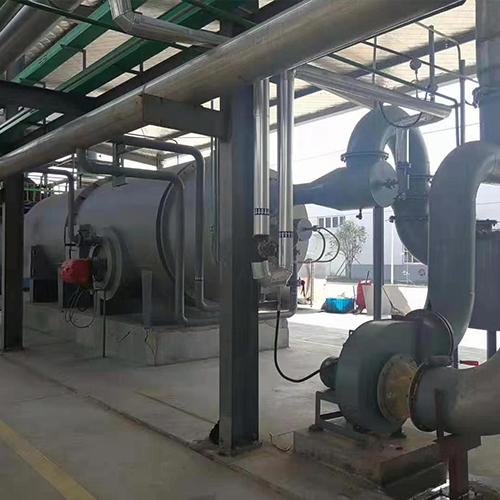CAS No.: 500-66-3, also known as phenol olivetol, is a compound with various applications in the pharmaceutical and chemical industries. Traditionally, the extraction of such compounds involved synthetic methods, which often come with environmental concerns and potential health risks. However, with the growing interest in sustainable and natural alternatives, researchers have been exploring ways to extract phenol olivetol using organic and eco-friendly methods. In this blog post, SACH BIOTECH will delve into the topic of extracting olivetol and discuss some promising techniques.
Understanding CAS No.: 500-66-3 Phenol Olivetol:
Before we dive into the extraction methods, it's essential to understand the properties and significance of olivetol. Phenol olivetol is a phenolic compound that exhibits antioxidant, antimicrobial, and anti-inflammatory properties. It has shown potential in various fields, including medicine, cosmetics, and food additives. Extracting this compound naturally not only ensures its purity but also aligns with the principles of sustainability and environmental consciousness.
Exploring Natural Extraction Techniques:
1. Solvent Extraction:
Solvent extraction is a widely used method for extracting natural compounds. In the case of phenol olivetol, organic solvents like ethanol or methanol can be employed to dissolve and extract the compound from its source material. This method is relatively simple and efficient, but it requires careful consideration of solvent selection, extraction time, and temperature to optimize the yield and purity of phenol olivetol.
2. Supercritical Fluid Extraction:
Supercritical fluid extraction (SFE) is gaining popularity as a green extraction technique. In this method, a supercritical fluid, such as carbon dioxide, is used as a solvent to extract the target compound. SFE offers several advantages, including high selectivity, low environmental impact, and the ability to control extraction parameters. By adjusting pressure and temperature, researchers can optimize the extraction of phenol olivetol while minimizing the use of hazardous solvents.

3. Microwave-Assisted Extraction:
Microwave-assisted extraction (MAE) is a rapid and efficient technique that utilizes microwave energy to facilitate the extraction process. By applying microwave radiation to the sample, the extraction time can be significantly reduced, leading to higher extraction efficiency. MAE has been successfully employed for the extraction of various natural compounds, and it shows promise for extracting phenol olivetol as well. However, careful optimization of parameters such as power, time, and solvent composition is crucial to achieve optimal results.
4. Ultrasound-Assisted Extraction:
Ultrasound-assisted extraction (UAE) is another innovative method that utilizes ultrasonic waves to enhance the extraction process. The mechanical effects of ultrasound, including cavitation and microstreaming, help disrupt the plant matrix and improve mass transfer, resulting in higher extraction yields. UAE has been successfully applied to extract various bioactive compounds, and it holds potential for the extraction of phenol olivetol naturally.
Conclusion:
The extraction of CAS No.: 500-66-3 phenol olivetol naturally is an area of active research, driven by the need for sustainable and eco-friendly methods. Solvent extraction, supercritical fluid extraction, microwave-assisted extraction, and ultrasound-assisted extraction are some of the promising techniques being explored. Each method has its advantages and considerations, and further optimization is required to achieve the highest yield and purity of phenol olivetol. By embracing these natural extraction methods, we can contribute to a greener and more sustainable future while harnessing the potential of olivetol in various industries.
https://www.hzsqchem.com/How-to-extract-CAS-No-500-66-3-naturally-phenol-olivetol.html
SACH
sales@hzsqchem.com

